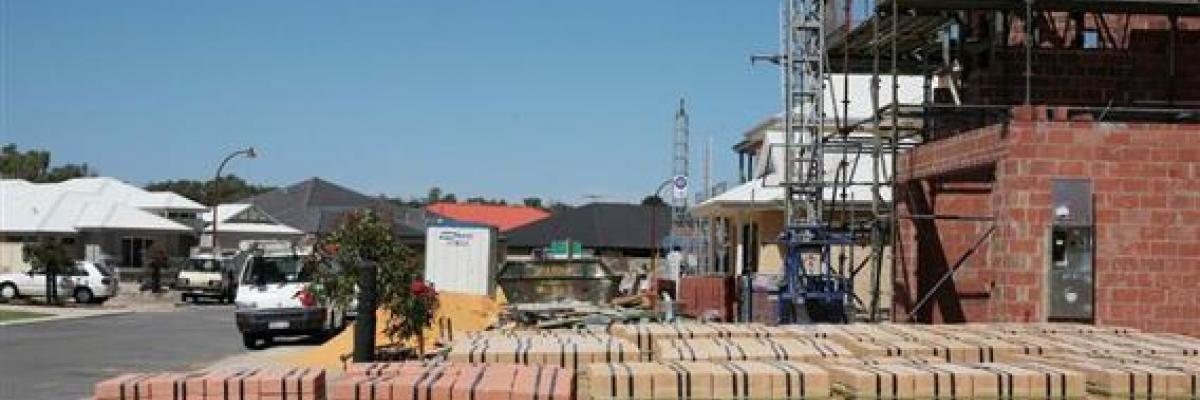An easement provides a person, company or authority the right to access or use a portion of land owned by another. Most easements are required by service providers (water, gas, electricity, etc.) to protect local infrastructure and enable access for maintenance and repairs.
How do I tell if there is an easement on my property?
Any easements that affect a property will be listed on the land title. The certificate of title will identify the easement holder and the title diagram will show the location and dimensions of the easement. A person can obtain a copy of their land title from Landgate, the state land authority. Landgate may also be able to provide a copy of the easement deed, which sets out the purpose and terms of the easement.
Any questions about an easement should be directed to the easement holder. The City is responsible for stormwater drainage easements, but questions about any other easements should be directed to the relevant authority. Consent from the easement holder may be required to undertake building work in or adjacent to an easement.
How does this affect my property?
In most cases an easement will have minimal impact on the enjoyment of your property, but considerations should be made to avoid potential disruption.
Most easements do not allow buildings in the easement area as they may cause damage to infrastructure and impede access if maintenance or repairs are required. Buildings can be considered up to the easement boundary but piling or other such design solutions may be necessary to protect not only the infrastructure, but also the building in the event the easement must be excavated.
It is also important to understand that landscaping may also impact on an easement. Placement of retaining walls and fences should be considered carefully to avoid damaging infrastructure. Additionally, only plants with shallow or surface root systems should be planted in or near easements as intrusive roots may damage or block services.
